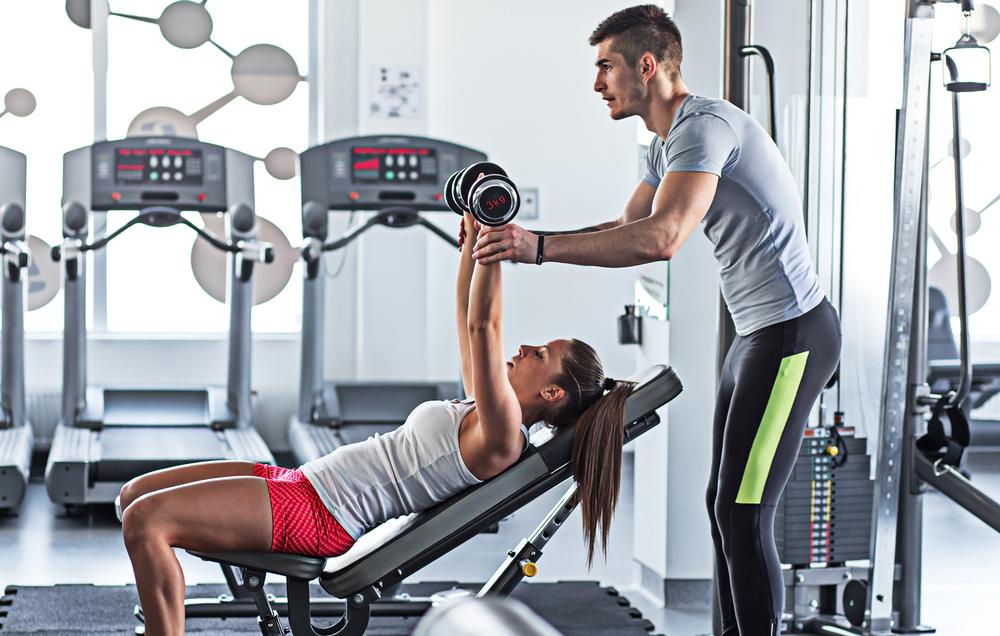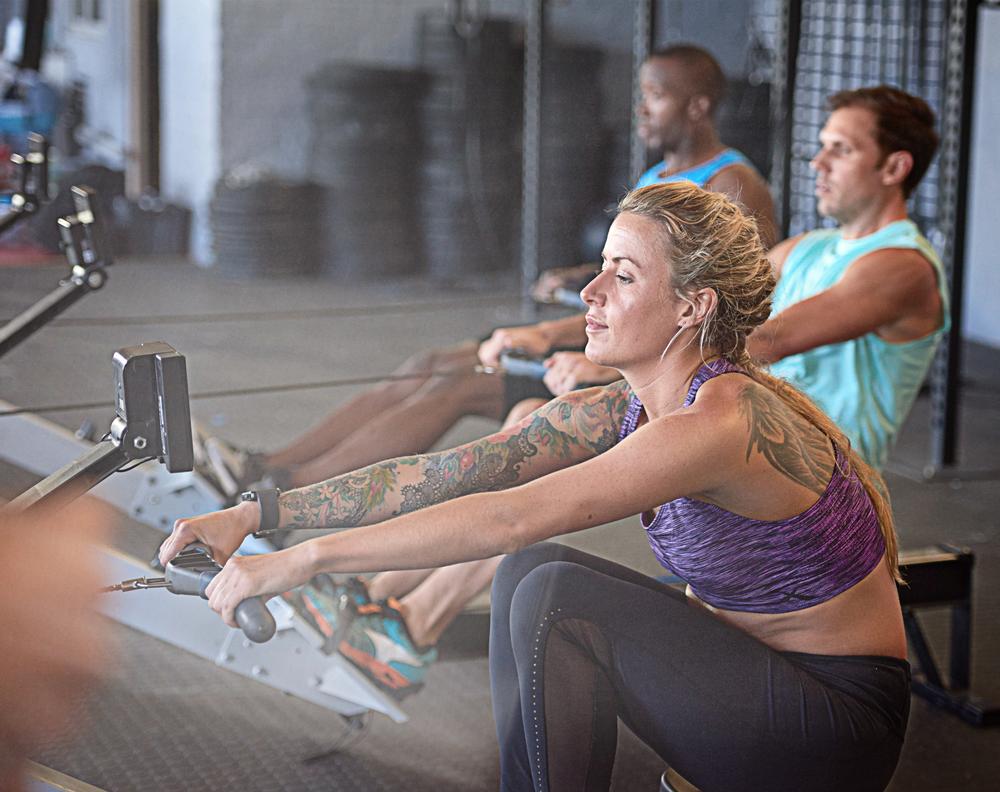A report published earlier this year suggested that nearly half of UK adults – 41 per cent – have injured themselves either at the gym or during physical activity. Commissioned by personal injury lawyers Hayward Baker and conducted by Ginger Polls, the report analysed the findings of an online survey taken by 1,500 people.
While most of the injuries reported were minor, the survey found that 12 per cent had seen the doctor or visited A&E after a gym work-out went wrong – with one in 20 now regularly visiting a physio or chiropractor after developing long-term, exercise-related injuries. According to the report, the most common injury was a sprained ankle (21 per cent of all gym-related injuries), while 16 per cent had broken their arm, leg or hand during physical activity (including sport).
COMPENSATION CULTURE
The study was picked up by the UK’s tabloid press – resulting in headlines such as 'Millions of women injure themselves in the quest to get fit for summer' (The Mirror) and 'Half of Brits injure themselves trying to get fit' (Metro). But was the bleak picture of gym safety drawn by the report accurate?
"I think it’s important to not lose sight of what’s happening here – an injury compensation lawyer has commissioned a PR stunt to drive business, so we should take these findings with a healthy dose of salt,” says ukactive’s head of standards Pete Wells. “That said, it’s really important that gym operators – particularly smaller independents – take all the necessary measures to protect themselves and their members.”
Wells is referring to the fact that in a time when seeking compensation for injuries has become an industry in itself, operators need to make sure they have their houses in order when it comes to the duty of care and the safety of their facilities. Not just to protect their members from injury – but also to protect themselves from financial harm.
Gill Twell, a health and safety consultant at quality and safety specialist Right Directions, says there is anecdotal evidence to suggest the compensation culture has reached the fitness space. “We’re hearing more and more cases of people coming into facilities and claiming to have been injured – but when the operator has looked at the incident in detail, they can’t find any record of the person even being in the building,” Twell says. “In the last six months, I’ve been made aware of three or four falsified claims – and I’m sure there are many more.”
INJURY PREVENTION
Fake claims aside, the report does suggest a large number of people visiting gyms do suffer genuine injuries, which facility operators could potentially be liable for. The worry is that some operators might be failing to ensure “every reasonable step” to provide duty of care for their clients – from inductions to equipment maintenance and staff training.
According to Twell, making sure members are aware of how to use equipment is one of the most important aspects to keep in mind – and an area in which improvements could be made, if the report by Hayward and Baker is to be believed. In the survey, one in 20 respondents (5 per cent) admitted they didn’t know how to correctly use the gym equipment they regularly train with.
“As an industry, we’re slowly moving away from inductions, because so many people who become gym members have been gym members before,” Twell says. “But while there’s an expectation of members knowing how to exercise, it’s crucial that gym staff are trained to ensure members aren’t overtraining and know how to use the kit.”
Providing guidance is particularly important when offering members a new (or particularly gruelling) form of exercise, or introducing a new piece of equipment to the gym floor.
Andy Brownsell, commercial director at Protectivity – which provides insurance for more than 150 health clubs and 8,000 personal trainers in the UK says: “When taking a personal training session it's important to listen to your client. If they're ever struggling to perform an exercise, make sure you adapt it to suit them and don’t put them or yourself in a situation where they could get hurt attempting a particularly heavy lift or a complex stretch.”
LIABILITY ISSUES
According to Protectivity, most operators do ensure a safe environment, but those who don’t are left open to expensive claims and litigation. “We find that as our customers are working in a professional manner, they do tend to take the steps necessary to ensure their clients avoid injury,” says Brownsell.
“However, the claims that we do receive from people hurting themselves in gyms and health clubs tend to be of a more serious nature. This, in turn, means that the value of these claims tends to be higher, with court costs providing an even harder financial hit for those who don’t have insurance to fall back on.”
Clubs that rely on liability waivers to protect them from claims could also be in for a shock. While they may help prevent claims where the gym member is obviously at fault, many waivers don’t contain legally binding language, and no waiver protects a gym from liability for acts of gross negligence. The validity of a waiver can also be challenged through legal action.
“Injury liability clauses, which operators often get members to sign, aren’t, in some cases, worth the paper they're written on,” says Twell.
“For me, the best way to ensure a safe and happy gym environment is when the duty of care has been defined on both sides and the staff has been trained to spot and deal with potential issues.
“Say that you have a member who wants to train barefoot. That’s where the skills of the staff come in – not just saying ‘you can’t use a treadmill in barefeet’, but having the knowledge to say ‘if you run on the treadmill barefoot, this is the damage you could do to yourself’.”

























































